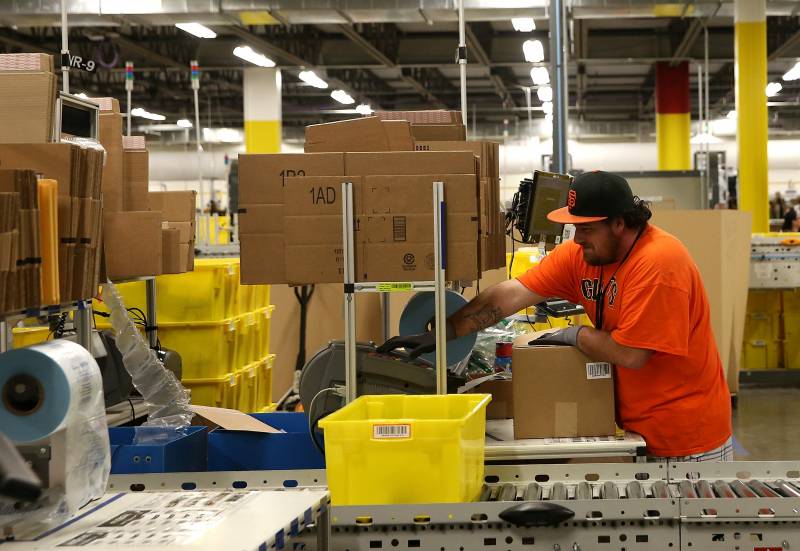Updated Thursday, Sept. 23, 2021.
California has become the first state to implement a law that addresses working conditions for warehouse workers, like those working for Amazon, Walmart and other major retailers.
Gov. Gavin Newsom signed AB 701, which takes effect in the new year, into law on Wednesday. The law aims to address the impact of quotas on worker injuries and health.
It establishes new standards for companies to make clear to warehouse staff what their production quotas are. The legislation ensures workers cannot be fired or retaliated against for failing to meet an unsafe quota.
"We cannot allow corporations to put profit over people. The hardworking warehouse employees who have helped sustain us during these unprecedented times should not have to risk injury or face punishment as a result of exploitative quotas that violate basic health and safety," Newsom said in a statement.
"I'm proud to sign this legislation giving them the dignity, respect and safety they deserve and advancing California's leadership at the forefront of workplace safety."
The law gives the state Labor Commissioner the authority to issue citations to companies in violation of the new rules. The department is also allowed to access workers' compensation data to find facilities where there are high rates of injury and investigate whether they are due to unsafe quotas.
The law also bars the use of algorithms that track rests and bathroom breaks, and specifically prohibits the firing of workers for failing to meet unsafe quotas because they are taking breaks in compliance with health and safety laws.
The legislation would also bar companies from retaliating against workers who raise concerns about warehouse conditions.
Though not explicitly stated, the new rules are widely considered to be targeted toward Amazon. The Seattle-based behemoth runs more than 60 warehouses across the state, and is known for its demanding productivity requirements.
